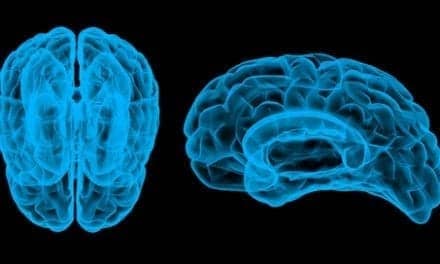.png)
Additional investigators in the study hailed from White River Junction VA Medical Center, Vt, New York Medical College, headquartered in Valhalla, NY, Fraunhofer Center for Manufacturing Innovation, Brookline, Mass, University of Massachusetts Lowell, Lowell, Mass, Lawrence Livermore National Laboratory, Livermore, Calif, Massachusetts General Hospital, Boston, and the University of Oxford, UK.
Lee Goldstein, MD, PhD, associate professor, Boston University School of Medicine (BUSM), and Boston University College of Engineering, led the collaborative study and served as senior-co author along with Anne McKee, professor at BUSM, director of neuropathology service for VA New England Healthcare System.
According to a Boston University news release, during the study researchers performed comprehensive neuropathological analyses on brain tissue from four military service personnel with known blast exposure and/or concussive injury. Researchers report that they compared the results from this analysis with brain tissue samples from three young amateur American football players and a professional wrestler, all with a history of repetitive concussive injury, and four samples from comparably-aged normal controls who had no history of blast exposure, concussive injury, or neurological disease.
The results noted that the CTE neuropathology found in the brains of blast-exposed military veterans paralleled that of young athletes with repetitive concussion and consistent with what has previously been observed in brain samples from other athletes with a history of repetitive concussive injury.
McKee reinforces the study’s results, reporting, “the neuropathology from blast exposure, concussive injury, or both were virtually indistinguishable from those with a history of repeat concussive injury.”
The research team reportedly sought to assess the impact of a single blast exposure and found that one blast comparable to those experienced by military service personnel in the field resulted in neuropathological and behavioral evidence of CTE. The results also indicated that long-term impairments in brain function, such as impaired learning and memory were exhibited two weeks following exposure to a single blast. According to the release, to prevent brain injury during blast exposure, researchers demonstrated that immobilizing the heading protected against the learning and memory deficits linked to CTE, which occurred when the head was not immobilized.
Researchers conclude that blast TBI and CTE are structural brain disorders resulting from brain injury on the battlefield or playing field. “Now that we have identified the mechanism responsible for CTE, we can work on developing ways to prevent it so that we can protect athletes and personnel,” Goldstein says.
The study appears online in Science Translational Medicine.
Source: Boston University




